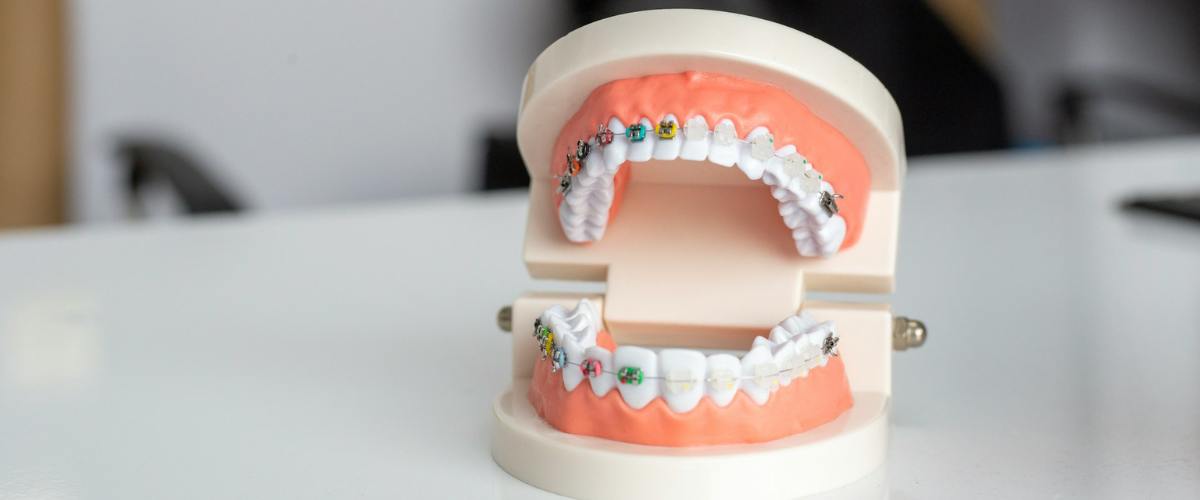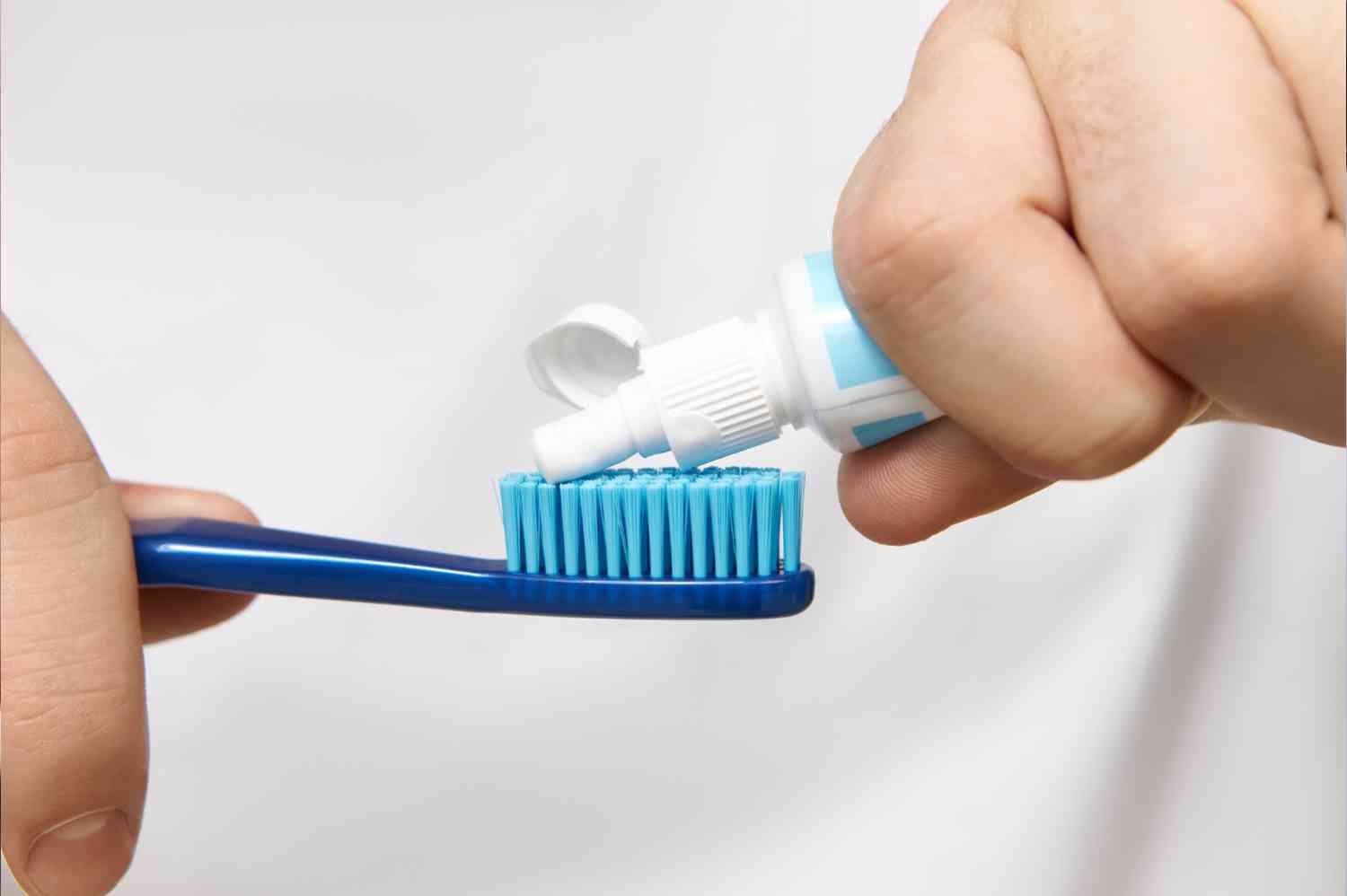
09 Aug Conventional Braces: Benefits, Drawbacks, Procedure & Aftercare
Conventional Braces: Benefits, Drawbacks, Procedure & Aftercare
By Island Hospital | August 9, 2024 12:00:00 PM
Medical Reviewer: Dr. Chang Chiew Sinn, Orthodontist
Recent studies have revealed a rising need for orthodontic treatment among Malaysian teens. In these cases, conventional braces are often recognised as the most affordable and effective choice.
From correcting overcrowding and gaps between teeth to addressing complex issues like overbites and misalignments, these orthodontic appliances have straightened and improved countless smiles.
Whether you’re considering braces for yourself or a family member, understanding their benefits, potential drawbacks, and the process involved will help you make informed decisions about dental care.
In this article, we will explore everything you need to know about conventional braces, from how they work and what they can correct, to the pros and cons, and more!
Understanding Conventional Braces
Let’s dive deeper into what exactly are conventional braces.
What are Conventional Braces?
Conventional braces, also known as traditional metal braces, are orthodontic appliances used to correct malocclusion or misaligned teeth and jaws. They consist of metal brackets that are bonded to the teeth and connected by wires. Rubber bands or metal ties attach the brackets to the wire.
Your orthodontist will periodically adjust the braces (tighten or add wires) to gradually move the teeth into their desired positions. It’s worth noting that metal braces are visible when you smile or talk. Hence, some choose clear or tooth-coloured ligatures to achieve a less noticeable look.
Components of Conventional Braces
Conventional braces are made up of the following parts:
- Brackets: Small metal or ceramic attachments bonded to each tooth using bonding cement. They have slots where archwires can be placed, and hooks where auxiliary components such as a power chain and intermaxillary elastics can be attached.
- Archwire: A thin metal wire that connects the brackets and applies pressure to move the teeth. This wire is available in different shapes, such as round, square, and rectangular. It is made from various materials such as stainless steel, beta titanium, and nickel titanium.
- Ligatures: Rubber or metal bands used to secure the archwire to the brackets. They are removed and replaced during every visit. There are two types of ligatures, which are elastomeric ligatures (rubber bands) and stainless steel ligatures (metal bands).
- Auxiliaries: Other items that may be used in orthodontic treatment, depending on the patient’s needs. This includes a power chain – used to close spaces between teeth, intermaxillary elastics – used to correct the bite and meshing, and a coil spring – used to open space between teeth.
How Do Conventional Braces Work?
Conventional braces work by applying continuous pressure, over an extended period of time, to move teeth in a controlled direction. This pressure gradually loosens each tooth from its current position and guides it toward the correct alignment.
Some may be wondering “But how can teeth move?”.
Although we often assume teeth are directly anchored to the jaw, they are actually connected by a membrane called the periodontal ligament. This ligament stretches and compresses in response to the pressure applied by braces, allowing for tooth movement.
Searching for a more subtle solution to align your teeth? Read this article on invisible braces to see if it’s the right choice for you.
What Can Conventional Braces Correct?
Photo by Freepik
Conventional braces are effective in correcting a variety of orthodontic problems*, including:
- Overcrowded Teeth
This occurs when there isn’t enough space in the jaw for all teeth to fit comfortably. Conventional braces gradually align teeth by creating space and guiding them into proper alignment. - Gaps Between Teeth
Also known as diastema, gaps occur due to missing teeth, natural spacing issues, or gum disease. Braces apply gentle pressure to move teeth closer together. However, braces are usually not necessary in mild cases. - Overbites and Underbites
An overbite is when the upper front teeth excessively overlap the lower front teeth, while an underbite is when the lower teeth protrude past the upper teeth. Braces can correct these bite issues by shifting teeth into the correct alignment. - Crossbites
This occurs when the upper teeth fit behind the lower teeth when the mouth is closed. Braces straighten the upper and lower teeth, ensuring a proper bite alignment. - Open Bites
This occurs when the upper and lower front teeth do not meet when the mouth is closed. Braces gradually close the gap between the upper and lower teeth, improving the bite and facial profile.
*Note: Braces can be used in combination with other treatments such as jaw surgery and tooth extractions.
Schedule a dental appointment to get a proper diagnosis and assessment of your teeth condition. Your orthodontist can help you decide if braces are the right treatment.
Benefits of Conventional Braces
Conventional braces offer several advantages:
- Effectiveness for Complex Cases: They can address severe misalignments and complex bite issues.
- Durability and Reliability: They are robust and usually require fewer replacements.
- Cost-Effectiveness: Generally more affordable than newer alternatives like clear aligners.
- Potential for Customisation: Patients can choose coloured brackets to personalise their braces.
- Improvements in Oral Health and Hygiene: Correcting alignment issues can lead to better oral hygiene and reduced risk of dental problems.
Drawbacks of Conventional Braces
However, there are drawbacks to consider:
- Aesthetic Concerns: The metal brackets and wires are visible, which may affect some people’s confidence.
- Dietary Restrictions: Diet changes need to be made, as foods that are hard, sticky, or sweet can damage the braces.
- Oral Hygiene Challenges: Brushing and flossing require extra care to prevent plaque buildup.
- Discomfort and Adjustments: Regular adjustments are needed, which may cause temporary soreness in the mouth.
- Impact on Speech (temporary): Patients may notice slight changes in speech sounds or pronunciation that usually adjust over time.
Process of Putting on Conventional Braces

Photo by Freepik
Here’s a quick rundown of the procedure, from installation to removal:
1. Initial Consultation and Assessment
During your first visit, the orthodontist evaluates your teeth through manual examinations and X-rays.Then, they discuss treatment options based on your dental structure and dental history.
If dental braces are a suitable treatment, the orthodontist will help you decide on the type of braces (e.g., conventional braces) and duration of treatment.
2. Preparation and Fitting Process
At the appointment, the orthodontist places a cheek retractor in your mouth to ensure the teeth are dry and visible during the procedure. Then, they use dental cement to attach the brackets to the teeth (Any excess dental cement will be removed).
The bonding between the brackets to the teeth is strengthened with a high-intensity light. After this, an archwire is threaded through the brackets and secured with elastic bands to begin aligning your teeth. This fitting process usually takes around 30 minutes to an hour, depending on the complexity of the malalignment.
3. Adjustment Appointments
Regular visits (every 4-6 weeks) are scheduled to ensure a steady journey towards straightening your teeth. During these appointments, the archwire and elastic bands, which weaken and loosen over time, are replaced with new ones.
The orthodontist checks and evaluates the movement of the teeth and progress of the braces. You may experience tightness or soreness in the mouth for several days after each appointment, due to changes in teeth position.
4. Duration of Treatment
Braces usually need to be worn for 1 to 3 years. The duration depends on the complexity of the alignment issues and the desired results. You may need to wear conventional braces for a longer time compared to other braces types, as they are typically used to treat more complex issues.
5. Removal Process
Once your teeth have reached the desired alignment, the braces are removed. The ties, wires, and brackets are removed together. The remaining dental cement or adhesive are then removed with a dental handpiece.
You may experience gum inflammation after this procedure, but this usually goes away after a few days. A dental impression will be taken to construct a dental retainer, which is prescribed to maintain the new position of your teeth.
How to Care For Your Conventional Braces

Photo by Freepik
Here is a complete guide to taking care of your conventional braces.
Proper Brushing and Flossing Techniques
When wearing braces, food particles and plaque often get trapped in the brackets, which can be uncomfortable. If not managed, it can cause problems such as tooth decay, bad breath, and gum disease.
Therefore, it’s important to clean and rinse your teeth thoroughly. Here are a few brushing and flossing tips to maintain great oral health:
- Brushing: Use a soft-bristled toothbrush and fluoride toothpaste. Angle the brush towards the gum line and brush in small circular motions, cleaning around brackets and wires. Brush the chewing surfaces and inside surfaces of the teeth thoroughly. We recommend brushing after every meal.
- Flossing: Flossing with braces requires extra care. Use a floss threader or interdental brushes to thread the floss under the archwire. Gently clean between the teeth and under the gum line. Alternatively, use a water flosser to flush out food particles and plaque from hard-to-reach areas.
Foods to Avoid
Certain foods can damage braces or get stuck in them, leading to complications. It’s best to avoid:
- Sticky Foods: Caramels, chewing gum, and sticky candies can stick to brackets and wires, making them difficult to clean and potentially causing damage when removed.
- Hard Foods: Nuts, hard candies, ice cubes, and popcorn kernels can break brackets or wires. Avoid biting into hard foods directly; instead, slice or cut them into small pieces.
- Sugary Foods and Drinks: These make it harder to clean your teeth thoroughly, and can contribute to plaque buildup around braces, increasing the risk of tooth decay and staining.
- Bad Oral Habits: Habits like biting nails, chewing non-food items, and even brushing your teeth too hard can bend wires and brake brackets.
Dealing With Emergencies
As mentioned earlier, braces may be damaged or broken due to mouth injuries, hard or chewy food, and certain oral habits. If you find yourself in this situation, schedule a readjustment with your orthodontist.
In the meantime, here are a few ways to manage broken braces:
- Loose Brackets: If a loose bracket can be removed easily, bring it to your appointment to be reattached. If the bracket is still connected to the bracket, use orthodontic wax to temporarily stick it in place until your appointment.
- Poking Wires: If the wire is connected to the bracket but sticking out, carefully push it back into place with a cotton swab. If it continues to protrude, apply orthodontic wax to temporarily cover the end until your appointment.
Regular Dental Checkups
A braces checkup is important for several reasons. Firstly, it enables your orthodontist to monitor the movement of your teeth and make necessary adjustments to ensure treatment progresses smoothly.
Besides, checkups help with cleaning and maintaining your braces. Professional cleanings like teeth scaling remove plaque and tartar buildup around braces, reducing the risk of cavities and gum disease.
Lastly, regular checkups allow your orthodontist to detect any potential problems early on, preventing complications and ensuring the best treatment outcomes.
How Much Do Conventional Braces Cost in Malaysia?
On average, the cost range for conventional metal braces in Malaysia ranges from RM 3,500 to RM 10,000. This estimate covers the entire treatment duration, including initial consultation, fittings, adjustments, and removal of braces.
Here are a few factors affecting the cost of conventional braces:
- Complexity of the Case: More severe orthodontic issues may require longer treatment and specialised care, leading to higher costs.
- Types of Braces: Certain braces cost more than others. For instance, ceramic braces, which are less visible, generally cost more than traditional metal braces.
- Type of Practitioner: Dental specialists, such as orthodontists, may charge more compared to beauty aesthetic practitioners, due to their qualifications and experience.
- Location: The prices of braces may be higher in city areas such as Kuala Lumpur, compared to smaller towns in Malaysia.
- Additional Services: Dental extractions or supplemental appliances can increase overall treatment costs.
- Insurance Coverage: Some insurance plans, which include orthodontic treatment, may cover a portion of braces costs, reducing out-of-pocket expenses.
Thinking of getting ceramic or damon braces instead? Learn all about their pricings in our detailed article on the cost of different braces types in Malaysia.
Straighten Your Smile With Island Hospital
Conventional braces are a reliable solution for correcting a variety of orthodontic issues. Be sure to practise good aftercare and attend regular checkups, to achieve a healthy smile for years to come.
At Island Hospital, our dental specialists provide quality orthodontic consultations and treatments. We offer a comprehensive and wide range of braces treatments, supported by advanced medical equipment.
Moreover, our dental team offers personalised dental screenings for individuals of all ages. Maintain healthy teeth and gums with our exclusive Children’s Dental Screening and Golden Smile For Seniors.
FAQ
Are conventional braces good?
Yes, conventional braces are highly effective for correcting dental issues like crooked teeth and bite misalignments. They have a proven track record and can achieve significant improvements in dental aesthetics and function.
What is the difference between conventional and self-ligating braces?
Conventional braces use elastic bands or metal ties to hold the archwire in place, while self-ligating braces use a specialised clip or door mechanism that holds the wire. Self-ligating braces usually require fewer adjustments and may offer quicker treatment times.
How long do I have to wear conventional braces?
On average, conventional braces need to be worn for around 1 to 3 years. However, the duration depends on the severity of your orthodontic issues and your individual treatment plan.
Do braces change face shape?
Braces primarily straighten teeth and align the jaw rather than intentionally changing face shape. However, improved dental alignment can enhance facial symmetry, potentially improving overall facial appearance.
Which type of braces are the cheapest?
Conventional metal braces are generally the most cost-effective. However, ceramic braces, which are less noticeable but more expensive due to their materials, can also be considered depending on your budget and aesthetic preferences.









